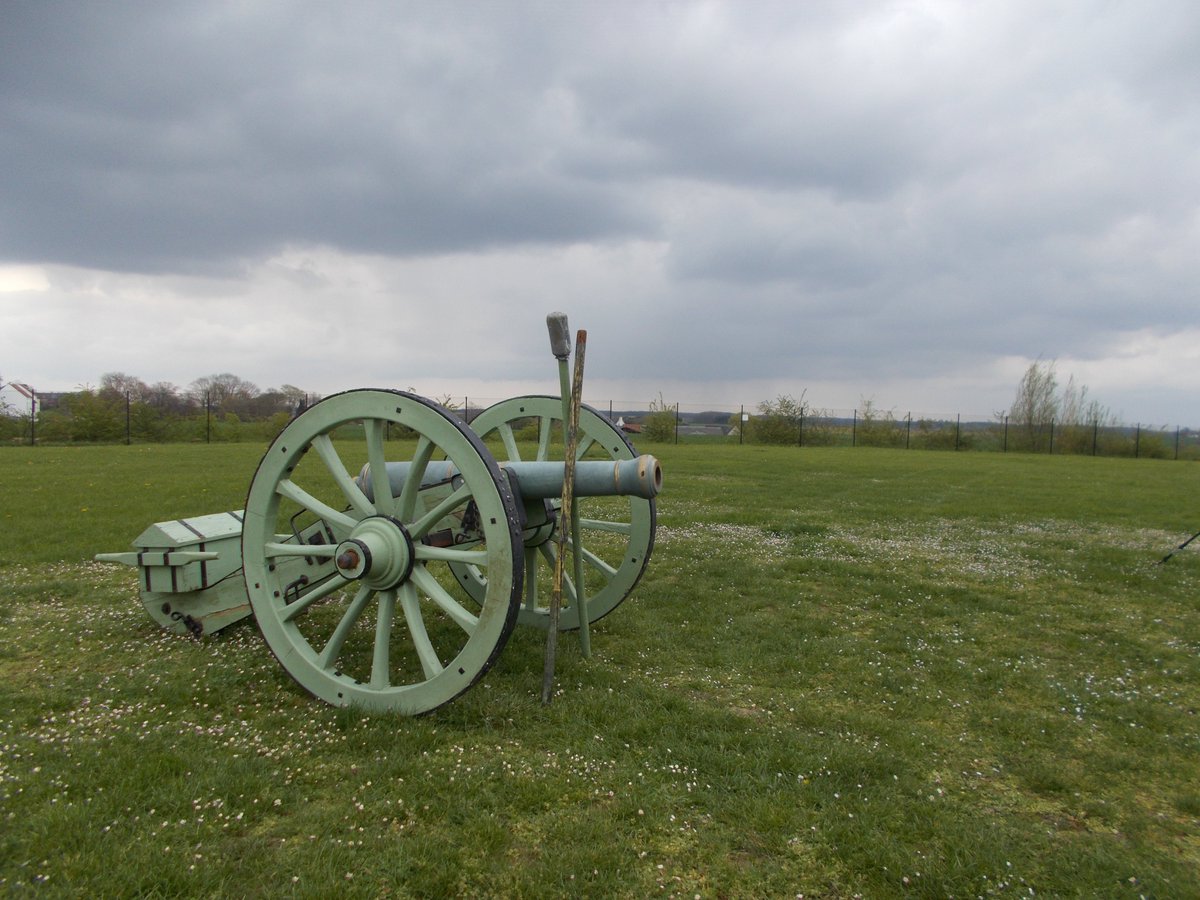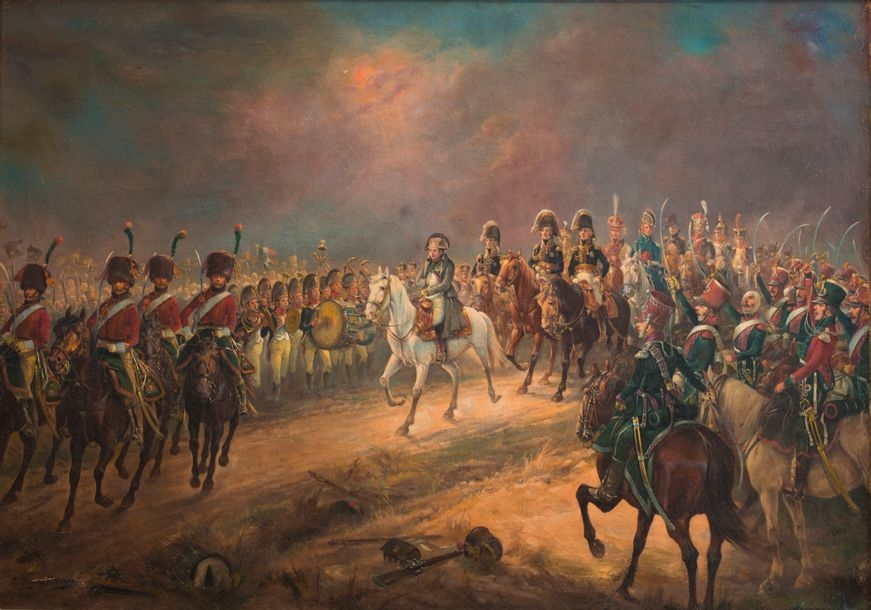
Historian/writer. Senior Lecturer, York St John Uni, UK. Chair @NRWGCharity. Views own. Interested in everything Napoleonic, Revolutionary & history of conflict
How to get URL link on X (Twitter) App


 The Austerlitz battlefield is a short bus ride from Brno and is mostly well preserved. A 20 to 25-mile walk (32-40km) will let you see almost all the main sites of action. The most important points are also all accessible by car if you prefer to drive. 2/
The Austerlitz battlefield is a short bus ride from Brno and is mostly well preserved. A 20 to 25-mile walk (32-40km) will let you see almost all the main sites of action. The most important points are also all accessible by car if you prefer to drive. 2/ 

 Peter Cribb was born in Yorkshire in 1918 and joined the RAF in 1938.
Peter Cribb was born in Yorkshire in 1918 and joined the RAF in 1938. 
 The march (for 5th Division) began in Place Royale – but like so many soldiers, I had to walk there from my outlying billet.
The march (for 5th Division) began in Place Royale – but like so many soldiers, I had to walk there from my outlying billet.

 The attack was supported by an overwhelming artillery bombardment by up to 80 guns. But the soft & muddy ground meant that cannon balls could not bounce, & shells were extinguished. The hidden Allied infantry made it difficult to find targets. The artillery did little damage. 2/
The attack was supported by an overwhelming artillery bombardment by up to 80 guns. But the soft & muddy ground meant that cannon balls could not bounce, & shells were extinguished. The hidden Allied infantry made it difficult to find targets. The artillery did little damage. 2/ 

 It is a cliché to say that few men waking that morning imagined what horrors were to come, but on the French side it is more or less true.
It is a cliché to say that few men waking that morning imagined what horrors were to come, but on the French side it is more or less true.
 Desertions begin. The most high profile are General Bourmont and his staff officers, but many rank-and-file slip quietly away from the colours too during the day.
Desertions begin. The most high profile are General Bourmont and his staff officers, but many rank-and-file slip quietly away from the colours too during the day.
 The army's movement is to be kept as secret as possible. From now on, campfires are to be screened from the enemy. Nobody will be allowed to leave the army’s camps, to prevent any information getting out. 2/
The army's movement is to be kept as secret as possible. From now on, campfires are to be screened from the enemy. Nobody will be allowed to leave the army’s camps, to prevent any information getting out. 2/

 The senior commanders – d’Erlon, Reille, Vandamme, Lobau – were all experienced generals, but it is telling that Napoleon could not muster enough marshals to be corps commanders.
The senior commanders – d’Erlon, Reille, Vandamme, Lobau – were all experienced generals, but it is telling that Napoleon could not muster enough marshals to be corps commanders.
 Of the 300:
Of the 300: 
 The Hon. Frederick Howard, son of the 5th Earl of Carlisle, was commissioned ensign in 85th Foot in 1801, aged 15.
The Hon. Frederick Howard, son of the 5th Earl of Carlisle, was commissioned ensign in 85th Foot in 1801, aged 15.
 When they met Napoleon in March 1815 there were 1308 men registered in the 5th Line, excluding those on leave or who had deserted or been discharged (1932 men including them).
When they met Napoleon in March 1815 there were 1308 men registered in the 5th Line, excluding those on leave or who had deserted or been discharged (1932 men including them).
 Entries in the register record 634 men lost in some way on 18 June 1815:
Entries in the register record 634 men lost in some way on 18 June 1815:
 Felix Dieppedalle (or Jean Felix, on his initial inscription record) was born in Rouen on 4 August 1782. He was conscripted in 1805 and placed in the Company of Reserve of his department of Seine-Inférieure. He was 165cm tall, just above average for the time. 2/
Felix Dieppedalle (or Jean Felix, on his initial inscription record) was born in Rouen on 4 August 1782. He was conscripted in 1805 and placed in the Company of Reserve of his department of Seine-Inférieure. He was 165cm tall, just above average for the time. 2/

 Solimand (the spelling given on his enrollment record in the 17eme Inf. de Ligne) was born in Egypt in 1786, and joined French service at the age of only 14 on 20 February 1800. 2/
Solimand (the spelling given on his enrollment record in the 17eme Inf. de Ligne) was born in Egypt in 1786, and joined French service at the age of only 14 on 20 February 1800. 2/

 Context: Part of d’Erlon’s I Corps, 1st Division comprised two battalions each of the 28th, 54th, 55th and 105th Line infantry – around 4,000 men and officers in the field. They did not come into action until the day of Waterloo, when they were very heavily engaged. 2/
Context: Part of d’Erlon’s I Corps, 1st Division comprised two battalions each of the 28th, 54th, 55th and 105th Line infantry – around 4,000 men and officers in the field. They did not come into action until the day of Waterloo, when they were very heavily engaged. 2/